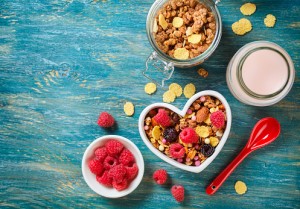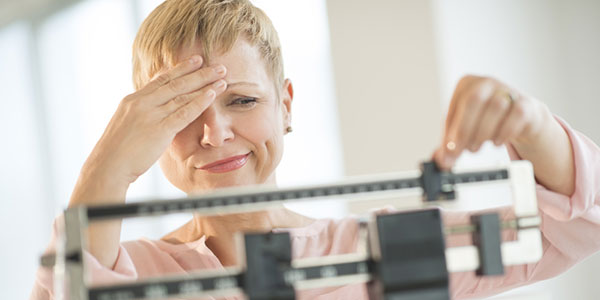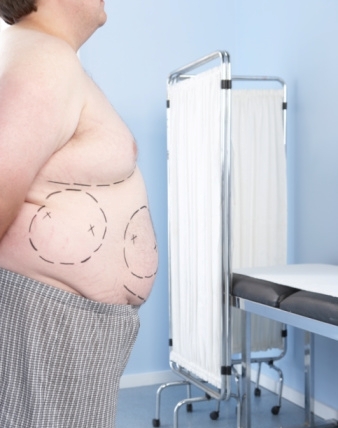Lose Weight > Common Sense To Lose Weight > Common Sense Article > Choose Your Plastic Products With Care
Choose Your Plastic Products With Care
To a large part, that prediction came true. It's hard to imagine daily life without plastic. I type on my Think Pad made of light and durable plastic; plastic medical instruments, building materials, automobile parts, cell phones, toys and tools make things in America affordable, convenient and portable. A world without plastic is almost unimaginable.
Environmental Impacts
As the cost of oil rises, it's perhaps time to take a closer look at how and why we use plastic products - and what impact the disposal of plastic items has on an environment we now recognize is in peril. It is difficult to measure how much of oil drilled and shipped to refineries is used in the production of plastic. One estimate is a low as 4 percent and energy experts doubt that, should demand for plastic diminish, there would be less drilling and production of oil.
Once crude oil and natural gas are shipped to refineries, they are separated into many categories of petrochemicals. Some of the ethane and propane are siphoned off for use in the making of plastic pellets - the raw material that's sent to manufacturers of plastic products. It appears that a significant environmental impact of the plastics industry is in production, transportation and disposal of products. In these activities, the use of gas is significant.
Despite outreach efforts by the EPA and many environmental groups, the recycling of plastic bottles - particularly those made with polyethylene terephthalate (PET) - is abysmal. Up to 80 percent of PET beverage bottles end up in landfills where they take 1,000 years to degrade. The same is true of the over-abundant plastic wrapping used on many products - from small toys and cosmetics entombed in many square inches of plastic to electronics and larger items.
More Product, Less Package
The EPA is a strong proponent of packaging that minimizes the use of plastic. Some industries have responded. For example, CD's and DVD's once came encased in lots of plastic packaging. Now, the outer packaging has been eliminated or is removed and reused after a sale.
Unfortunately, as one industry seems to get the message, another does not. The popularity of bottled and flavored waters in PET containers has taken the world by storm. We already know the majority of these plastic bottles are left to degrade and pollute natural environments for millennia. But, even when people are conscientious recyclers, the energy needed to transport and transform plastic into new materials takes its own toll on the environment.
Governments and municipalities have done their best to educate people about the benefits of recycling plastic containers - and suggested using alternatives to plastic. These environmental concerns have not been heard by an industry that makes billions from pouring water into plastic bottles or encasing tiny products in massive plastic packaging.
It seems up to the consumer to send a message by making smart choices about which plastic products to purchase and use. People can start by developing new habits - such as purchasing a personal water bottle that's made of lightweight metal. Lots of bottled water is actually no more than tap water, some treated, some not. Households can be equipped with a variety of water filters if the tap water is unpalatable. Water filters cost a fraction of bottled water and is under EPA quality control.
Plastic Benefits Abound
Clearly, plastic contributes greatly to the convenience and efficiency of daily life. For example, massive water storage tanks - above and below ground - are often made of durable plastic that serve their purpose for decades when other materials crack and rust. Our cars are made from a variety of molded plastic parts that make them lighter and more fuel efficient. Since 1988, the average passenger car has lost about 145 pounds, saving about 21 million barrels of oil. Plastic components help us explore outer space and examine the microscopic building blocks of life.
Our households are switched on by plastic. It's insulating and thermal properties keep electrical systems in our homes safe. The plastic interior of our refrigerators cover plastic insulating foam that saves up to 30% of energy costs.
Consumer Purchasing Power
It's clear that plastic is an essential building block of modern life. But, it's up to consumers to use this manmade resource wisely. On one hand, plastic creates efficiency and savings and can help preserve our natural environment while on the other it can be an instrument of destruction. Thoughtful people will discern the difference and choose alternatives to beverages in plastic bottles and items with more plastic packaging than product. They'll use plastic products that are durable and not designed to be discarded.
Granted, kicking the plastic throw-away habit probably won't impact the price at the gas pump. But, it will send a message to product manufacturers that Americans can, through purchasing power, support positive change that benefits the planet's future.
Related Articles
-
Exercise To Lose Fat Fast
Unlimited number of exercises cannot reduce fat if the process of thei
-
Obesity and Weight Control
The general definition of obesity is if
-
Diabesity: Don’t Be A Statistic
(BlackDoctor.org) — Obesity, insulin resistance,
-
How To Determine The Best Weight Loss Supplement?
Obesity is the problem, with which the whole world is grappling. The
-
How To Get That Six Pack Abs Look: Total Body Workouts
How To Get That Six Pack Abs Look - Interval Fat Loss Training And Wei
-
Dont Fall For The Weight Loss Without Exercise Myth
In the fast food instant gratification s
- DON'T MISS
- Choose Your Plastic Products With Care
- How To Shed 20 Lbs In Two Weeks
- Feeling Full on Fewer Calories
- How to eat more than you burn (without gaining weight)
- Is It Possible to Become Addicted to Exercise?
- Obesity and the Connection of Emotions with It
- 13 Killer tips for express fat loss
- The 5 Essential Diet Rules
- Diets For Weight Loss And Healthy Living
- Liver Detox Diet To Ensure A Longer And Healthier Life




